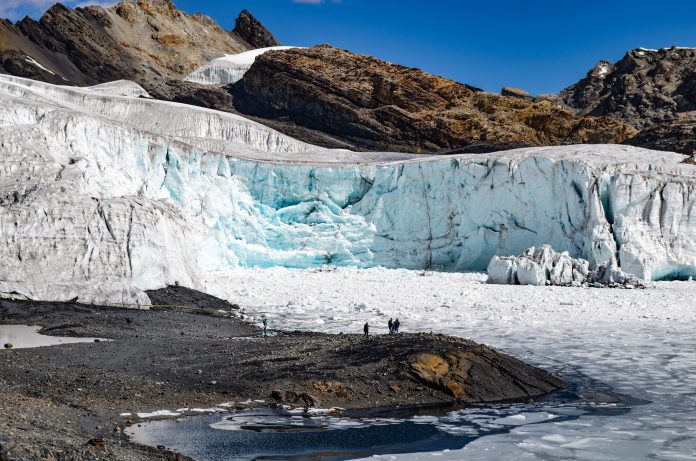The tropical Andes glaciers have shrunk to their smallest size since the last ice age, showing urgent climate concerns
Researchers from the University of Wisconsin-Madison, in collaboration with Boston College and Tulane University, have revealed alarming evidence suggesting that glaciers in the high-altitude tropical Andes are smaller now than at any time since the end of the last ice age approximately 11,700 years ago.
Led by Shaun Marcott, a professor of geoscience at UW-Madison, and Andrew Gorin, formerly of Boston College and now at UC Berkeley, the study, published in the journal Science, shows the crucial role of these glaciers as early indicators of climate change impact globally.
“We think these are the canary in the coal mine. The tropics would probably be the first place you’d expect ice to disappear, and that’s what we’re seeing,” explained Marcott.
Melting glaciers
The study used satellite imagery and on-the-ground observations to confirm that the glaciers in the Andes are diminishing as warmer temperatures outpace snowfall replenishment.
What remained unclear until now was whether the current glacier sizes were significantly smaller compared to historical trends during the Holocene period.
To answer this question, the research team analysed the geochemistry of bedrock near the edges of four glaciers. They specifically looked for isotopes beryllium-10 and carbon-14, which accumulate in rock exposed to the Earth’s surface over time. The results were striking: concentrations of these isotopes were “remarkably low,” indicating that the bedrock had been exposed by melting ice only recently.
“We knew that glaciers ebbed and flowed in the past, so we wanted to learn how the behavior of glaciers today — melting due to human-caused climate change — stacks up against their long-term fluctuations,” says Andy Jones.
Climate change’s impact on Glaciers
The research, supported by the National Science Foundation, provides crucial insights into the impact of human-caused climate change on Earth’s glaciers. According to Marcott, the Andes glaciers, which account for more than 99% of the world’s tropical glaciers, are likely the first to experience such a significant reduction.
“Glaciers are very sensitive to the climate system that they live in,” says Marcott. “They really are the place you would look to see some of the first big changes resulting from a warming climate.”
The study’s findings have broader implications for global climate policy and underscore the urgency of mitigating climate change to preserve Earth’s natural landscapes and water resources. As temperatures continue to rise, the future of glaciers in the Andes serves as a reminder of the ongoing environmental changes affecting our planet.











